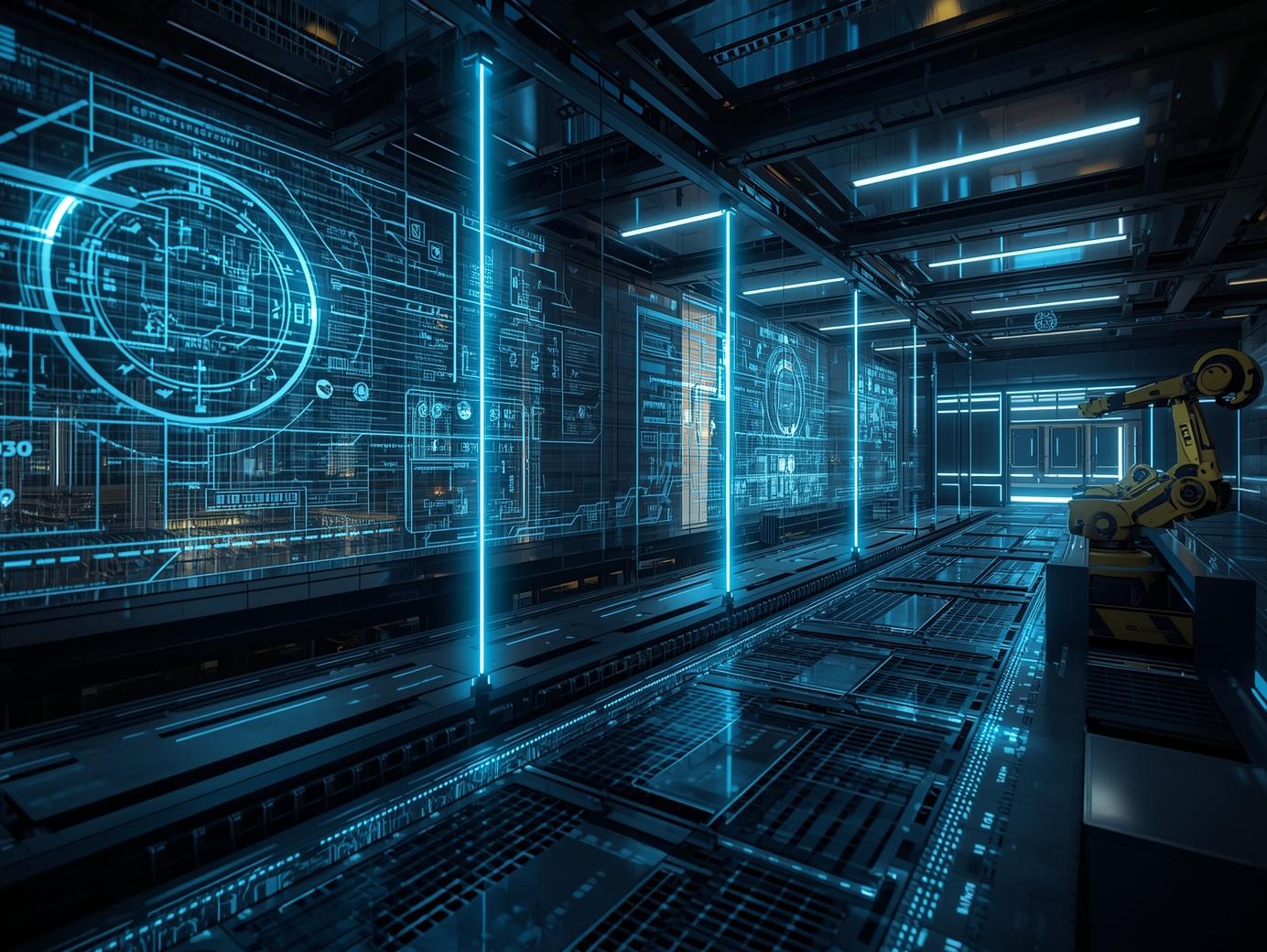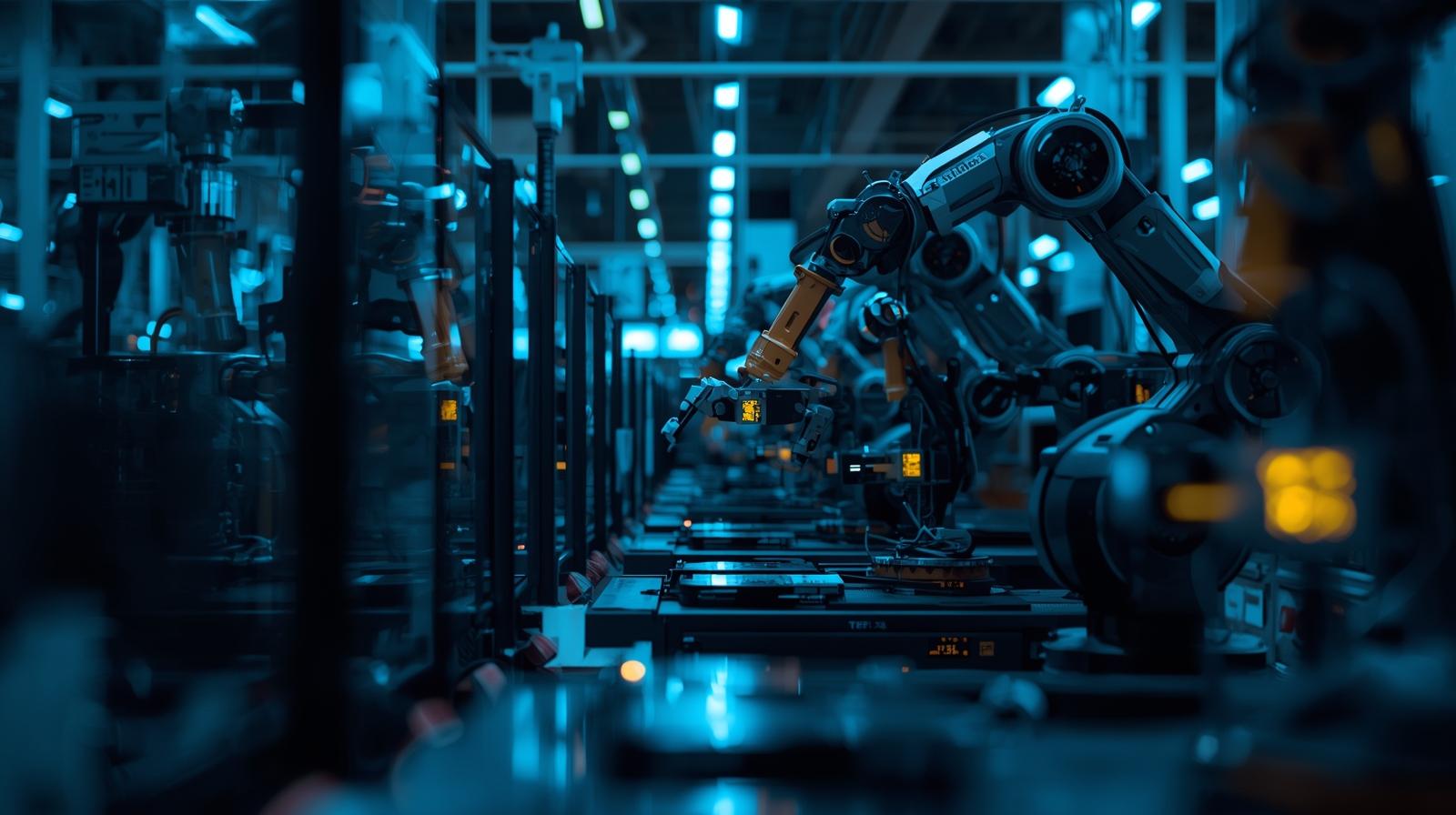The relationship between technology and economics has always been deeply interconnected, shaping the way societies develop, industries evolve, and nations compete on the global stage. In the modern world, technology is not merely a tool for convenience but a fundamental driver of economic growth, productivity, and innovation. For the United States, a global leader in technological advancement, the synergy between technology and economics continues to redefine the future of business, labor, and national competitiveness.
Technology as a Catalyst for Economic Growth
Technological innovation has consistently served as a catalyst for economic progress throughout history. From the Industrial Revolution to the Digital Age, each wave of technological advancement has transformed production processes, increased efficiency, and opened new markets. Today, emerging technologies such as artificial intelligence, automation, blockchain, and renewable energy are driving a new era of economic transformation.
In the American economy, technology plays a central role in increasing productivity. Automation and digital tools allow businesses to produce more with fewer resources, lowering costs while maintaining quality. This efficiency not only strengthens individual companies but also boosts national economic output. The growth of the tech sector itself, centered in regions such as Silicon Valley, has created millions of jobs and contributed significantly to the United States’ GDP.

Innovation and Market Expansion
Technological advancement fuels innovation, which in turn drives economic expansion. By enabling the creation of new products, services, and industries, technology opens up previously unimaginable opportunities for businesses and consumers alike. The rise of e-commerce, fintech, biotechnology, and green technologies demonstrates how innovation reshapes market dynamics and stimulates demand.
In the USA, technological innovation has also spurred global competitiveness. American tech companies lead in sectors such as software development, semiconductor manufacturing, and space technology, attracting international investment and reinforcing the nation’s position as a technological powerhouse. This innovation-driven growth fosters a cycle where economic prosperity supports further investment in research and development.
Impact on Employment and Labor Markets
While technology creates new economic opportunities, it also transforms the labor market. Automation, artificial intelligence, and robotics are changing the nature of work by replacing repetitive tasks and enabling new forms of employment. Although some jobs are displaced, technology generates demand for highly skilled workers in fields like data science, cybersecurity, and engineering.
The United States faces the challenge of balancing technological progress with workforce adaptation. Education and training systems are increasingly focusing on STEM (Science, Technology, Engineering, and Mathematics) fields to equip future workers with the skills needed in a tech-driven economy. As the nature of work evolves, lifelong learning and digital literacy are becoming essential components of economic sustainability.

Technology and Economic Inequality
The integration of technology into the economy brings not only growth but also challenges related to inequality. The digital divide—the gap between those who have access to modern technologies and those who do not—can exacerbate economic disparities. Regions and individuals with greater access to technology often experience faster economic growth, while others risk being left behind.
In the United States, policymakers and industry leaders are working to bridge this divide by promoting digital inclusion and expanding access to high-speed internet, especially in rural and underserved communities. Ensuring equitable access to technology is essential for maintaining a balanced and inclusive economy.
Sustainability and the Future Economy
Technology is also reshaping how economies approach sustainability and environmental responsibility. Green technologies, renewable energy innovations, and digital solutions for energy efficiency are driving the transition toward a more sustainable economic model. The United States has made significant progress in adopting clean technologies, which not only protect the environment but also create new industries and employment opportunities.
As the global economy becomes increasingly digital, technologies like blockchain, artificial intelligence, and the Internet of Things (IoT) will continue to influence economic structures, governance, and global trade. Nations that embrace innovation while addressing its challenges will remain at the forefront of economic development.



